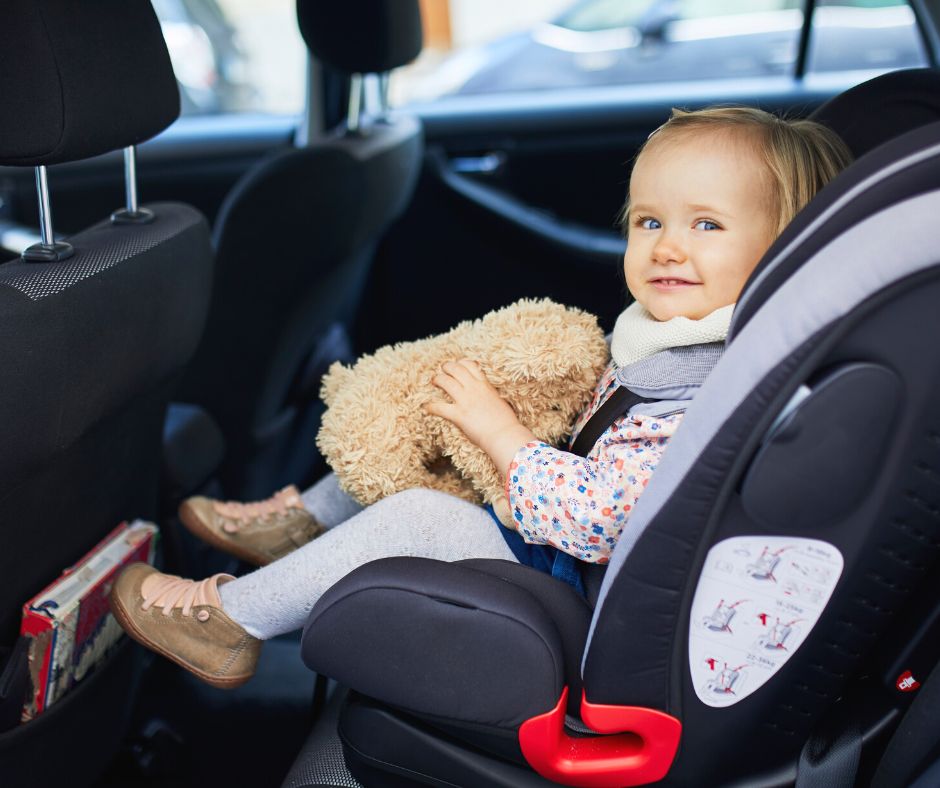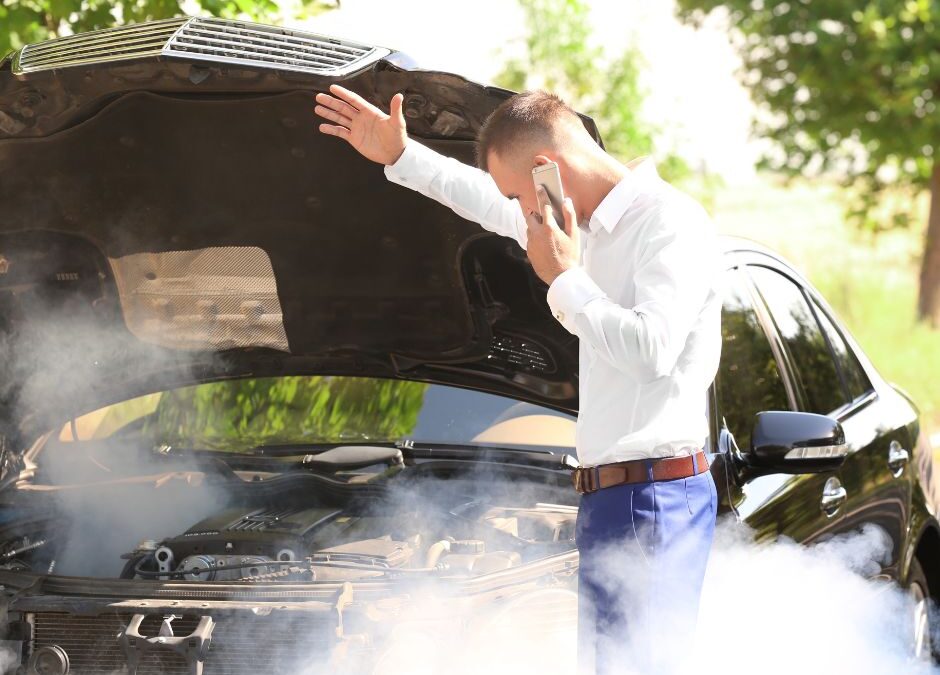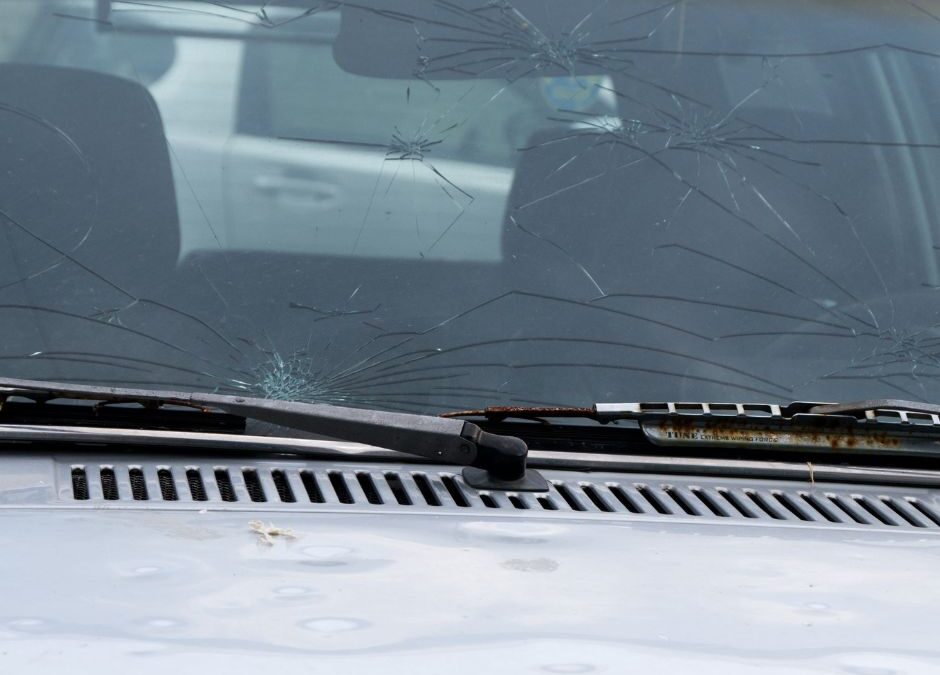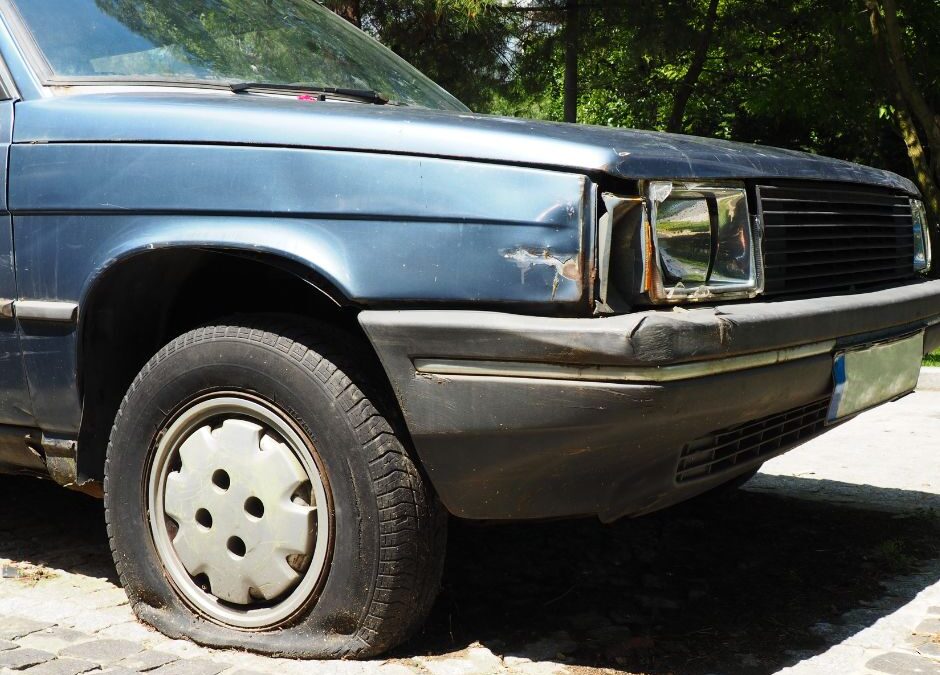
Every time your car goes out of your garage and leaves the house with your child, their safety and comfort when traveling is the most important thing you should always consider. Are they going to be secured during the travel? Are they going to be comfortable during the ride? Will they fall asleep on the way to your destination? These and more are the things you need to consider when traveling with a child. What if the child is an infant? A toddler? Or maybe school age? How should you consider their safety and comfort? The answer: car seat.
Car seats are designed to make sure that children will be able to travel with their families safely and comfortably. Different age groups each have their own child car seat specifications. Newborns and infants up to 12 months are required to use rear-facing car seats until they reach the manufacturer’s maximum weight or height limit.
Toddlers aged one to three years old can use front-facing car seats but this has to be used together with a tether and harness. School-aged children or children between four to seven years old can use booster seats as long as they have reached the maximum weight or height limit of the manufacturer’s specification on their front-facing car seat.
Children between the ages of eight to twelve or children who had outgrown their booster seats can travel with their seatbelts but you need to make sure that the seatbelt is tucked in securely and tightly so that it can minimize the impact in case an incident occurs.
Using a car seat for your child and the type of car seat that your child requires is important but knowing which car seat to get is as equally important. Let us say that you are expecting the arrival of your first child, you go to the baby store, buy the necessities, and then you get a car seat so that when your child is born, you can bring them safely home from the hospital but when you tried installing it to your car, it does not fit. What do you think you did wrong?
When buying a car seat, it is also important to consider the type of car you will be installing the car seat to. Are you driving a hatch, sedan, or SUV? Knowing which car seat can fit your vehicle also needs to be taken into consideration as this is a big factor when it comes to your child’s safety as well when traveling. Now that you have considered the type of car that you are using the car seat for, check the car for the installation points.
Car seats need to be installed in the back seat. When installing a car seat, you need to know the parts of the car seats and where to attach those parts to your car. The car seat has a lower anchor attachment part and this needs to be anchored on the lower attachment of the vehicle, usually found between the seating cushion and the vehicle seat’s back. It is typically two horizontal bars located in that space. Lower anchors usually have a weight limit. If you are not sure of the weight limit set, you can always check on the label of your car seat as it would have the manufacturer’s limit listed there or you can always check your vehicle’s lower anchor limitations as well. Lower anchor point limitations usually is 65 lbs.
Have you ever wondered what the small hooks or small protruding parts that can be found on the back of your car’s back seats, ceiling, and floor are? Wonder no more. These are called tether anchor points. They are the ones holding the car seat in place to minimize the movement of the car seat and in return, minimize the impact on your child if there is an accident. The tether is inserted in here to keep the car seat secured. Tethers are adjustable and often come with a hook to make installation easier.
Car seat installations are pretty easy. it. This is what usually happens. Parents install the car seats themselves. Let us face it though, not all parents can install a car seat. Not to worry though, there are professionals who can assist in the installation of your car seats for a minimal fee. If you will be using a hire or rental vehicle to install the car seat for whatever reason, remember this: Car rental companies will not install the car seat for you on their rental cars. The reason is that they are not legally allowed to do so in case of legal liability if the car seat is not installed properly and there has been an accident that caused injuries or fatalities to the child.
What if you got into an accident and your child is in the car seat with you, can you still use your car seat after? This depends on the situation. Typically, after an accident, car seats can still be used if they met certain criteria.
One, the car seat should not have any cracks or deformities, or visible damage. Check all over your car seat to be sure, especially under the padding. Two, the car is still drivable and has been driven away from the scene of the accident. Three, the nearest car door to where the car seat is installed, is undamaged. Four, no injuries or fatalities in the accident, and lastly, the airbags did not deploy. Not meeting one of the criteria will require you to replace your car seat.
In Australia, insurance companies usually cover the replacement of car seats after an accident. You need to check with your insurance company if they cover the car seats under your policy, and if they do, what are the limits of cover and the process of claiming for this coverage.
Now that you know the basic thing about car seats and keeping your child secured for travel, it is time for you to get back on the road. Travel safely!











0 Comments